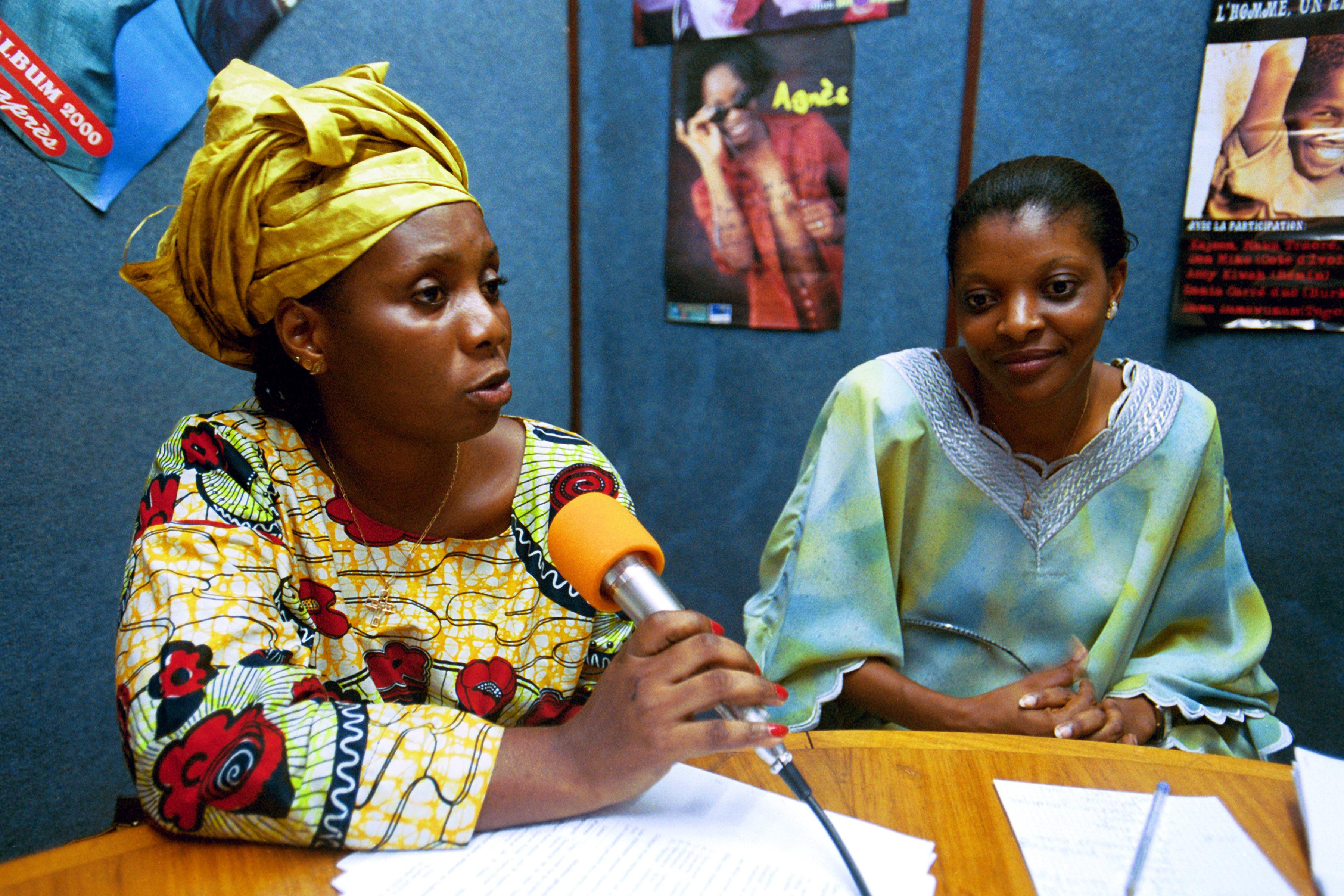The links between gender and migration are well-understood, with extensive research on the highly gendered nature of migration drivers, dynamics and impacts associated with processes of societal transformation. The role of gender norms in shaping migratory decisions on who stays, who moves and how resources are allocated are also well-understood.
Far less attention has been paid to intersectional approaches, and the comparative dynamics of gendered processes and outcomes in the context of South-South migration. We look to redress an existing bias towards destination countries by examining countries of origin and transnational social fields. We also move beyond the focus on domestic work to overlooked sectors such as manufacturing, agriculture and tourism, in which there are highly gendered patterns of migrant employment.
Our research examines:
- How gender ideologies and inequalities influence and change migration opportunities and outcomes.
- How gender inequalities affect access to rights and resources in both origin and destination countries.
- Access to legal and other remedies for migrant women and their families.
Research Context
Gender and migration scholarship has been instrumental in emphasising the co-constitution of gender and migration, as well as the gendering of the migration-development nexus. Spanning over three decades of scholarship, research has documented the heavily gendered nature of the multi-scalar drivers, dynamics and impacts of migration that shape societal transformation. In turn, migratory decisions regarding who stays, who moves, and how resources are allocated, as well as family and wider transnational ties maintained during periods of separation, are shaped by gender norms.
Yet, despite significant advances, several aspects of gender and migration require further theoretical, empirical and methodological interrogation. This work package is underpinned by three key approaches aimed at filling (some of the) remaining gaps.
1. An intersectional and generational approach as a critical lens through which to understand everyday experiences of gender, mobility and migration.
Such an approach eschews essentialist interpretations of femininities and masculinities in favour of intersectional analysis illustrating that the conditions in which migrant women and men travel, live and work are shaped by diverse dis/advantages and social structures such as gender, age, class, nationality, ethnicity, sexuality and disability. In turn, a generational perspective facilitates a dynamic temporal frame documenting how gender norms, values and subjectivities shift across generations. Of particular interest is how migrant status interplays with intersectional gendered positions to produce particular outcomes. We envisage that each corridor will focus on those aspects of intersectional identity which are most relevant to their context.
2. The significance of place and scale in shaping gendered mobilities and migration.
We recognise that gender norms, values and relations vary across different migration corridors in both an intra-regional and inter-regional context. Here our focus is on redressing the bias towards destination countries, to also consider countries of origin through the adoption of a transnational approach and multi-sited and multi-stage research. Furthermore, given that migration journeys are increasingly complicated such that the binaries of ‘origin’ and ‘destination’ may no longer be relevant to all, we will include both pre-migration and post-migration (return), giving equal weight to origin and destination and in-between spaces. In turn, a multi-sited approach will enable an investigation of gendered migration as a continuum from pre-migration, post-migration, return to onward migrations.
3. Multi-sector livelihoods approach to provide a holistic understanding of labour/economic migration.
Livelihood opportunities which potentially enable economic self-reliance and integration, and, if sustainable, provide incentives for reducing onward migration are limited with the majority of migrant women and men labouring in informal, precarious and exploitative jobs. Barriers to these rights intersect around structural inequality, the absence of legal entitlement and documentation, racism and xenophobia, and linguistic and cultural differences. Focusing on work and employment in relation to formal and informal work, we propose to move beyond the attention paid to domestic work in recent years to the detriment of other sectors where female and male migrants are particularly highly represented (such as manufacturing, food processing, agriculture, tourism and service industries).
Research Questions
- How do gender relations influence migration flows at different levels of analysis?
- What are the consequences of migration for gender inequalities at origin and in destination countries?
- How does the function of social networks – and access to these networks – differ between men and women?
